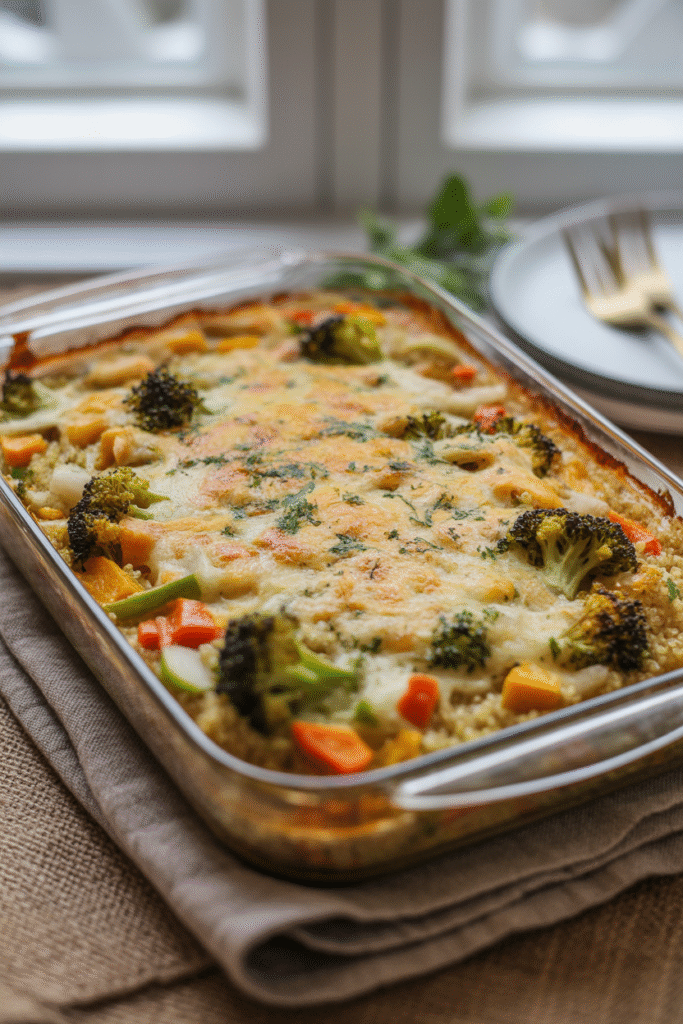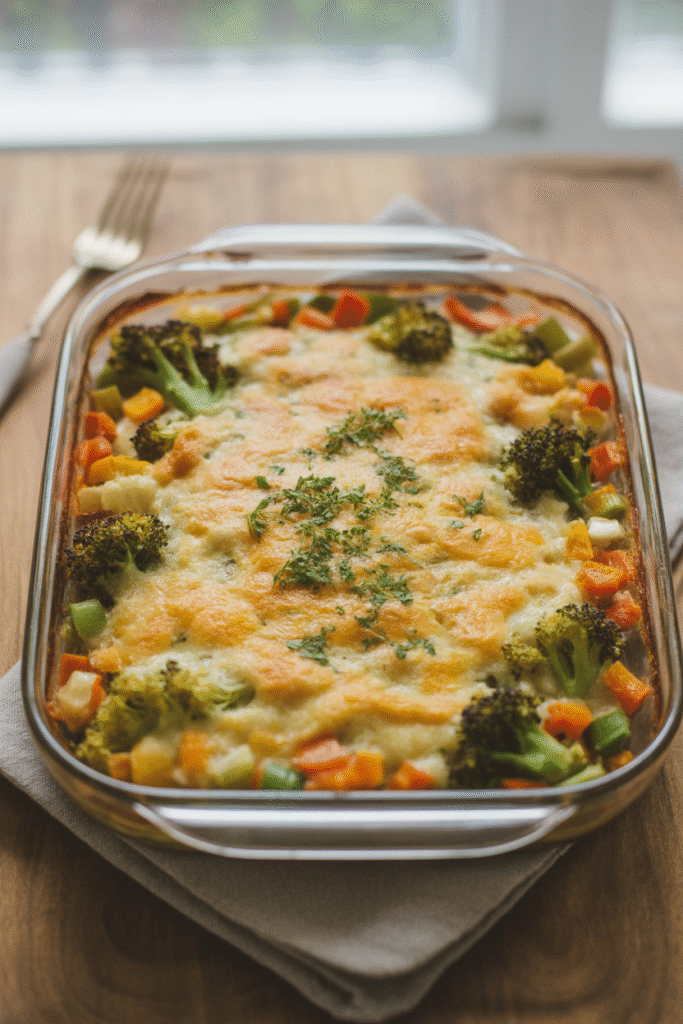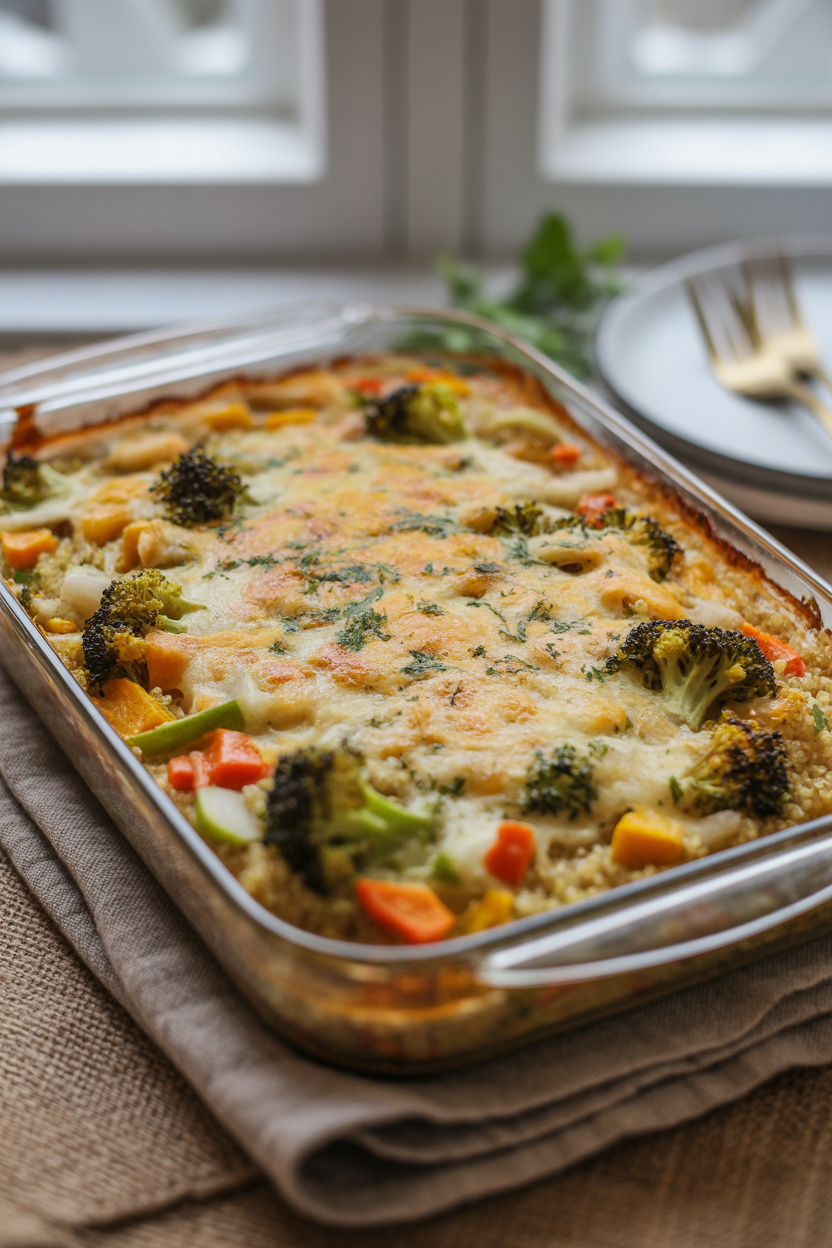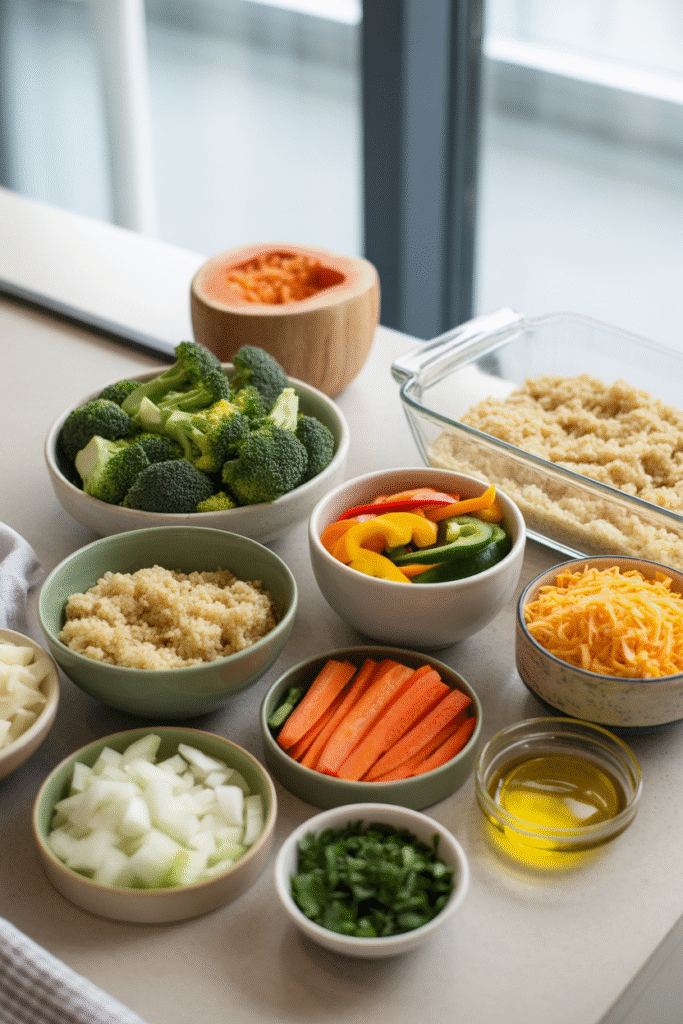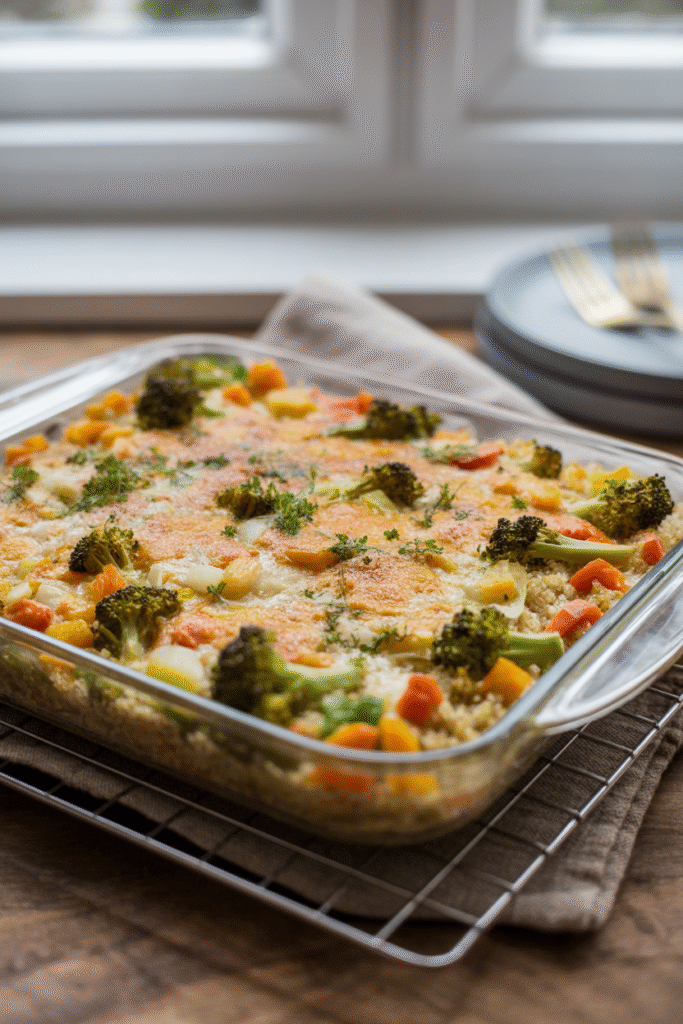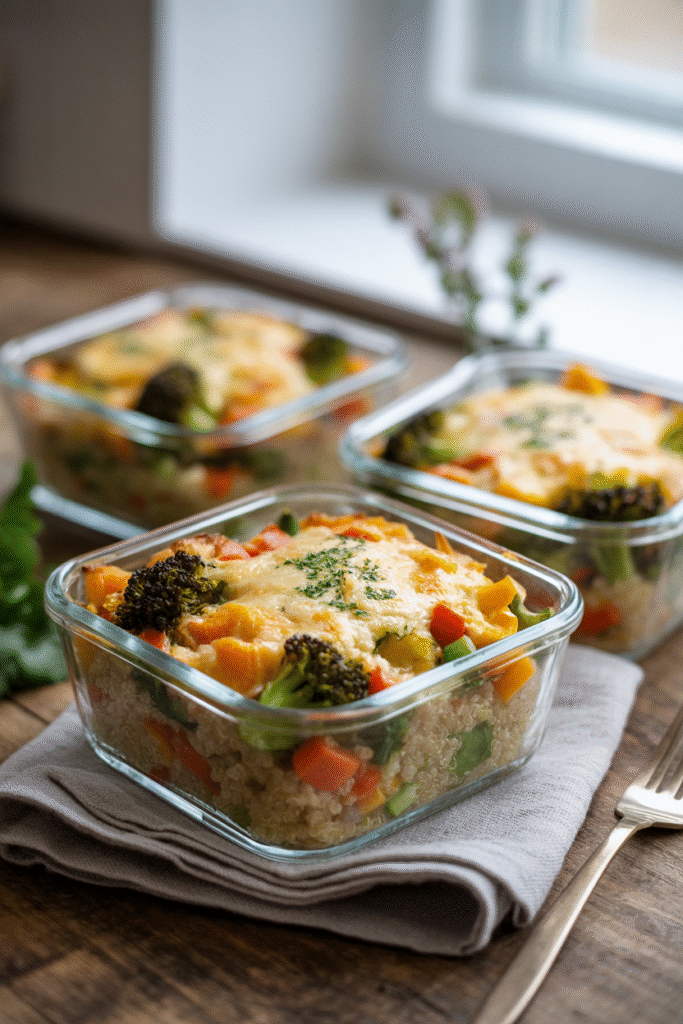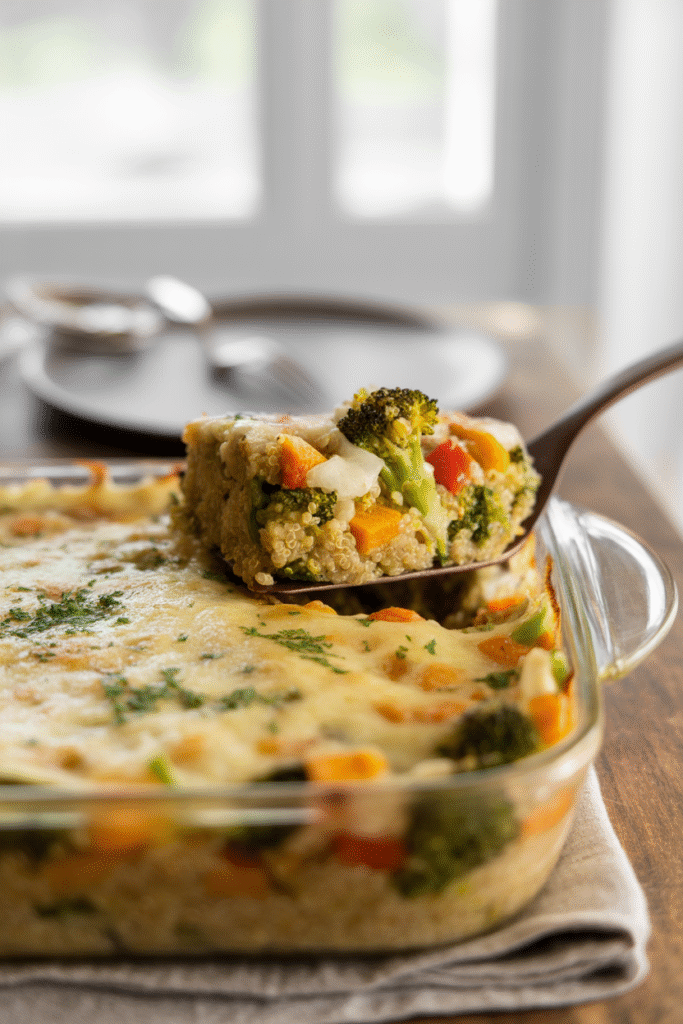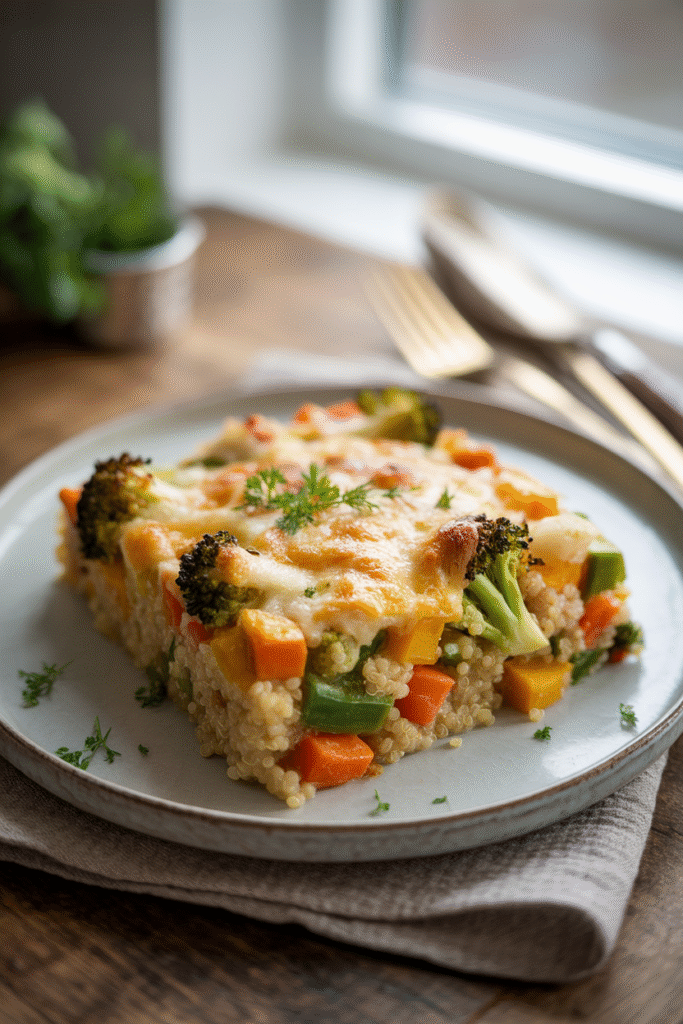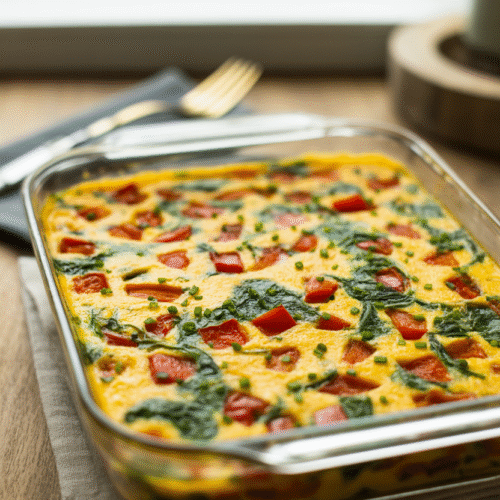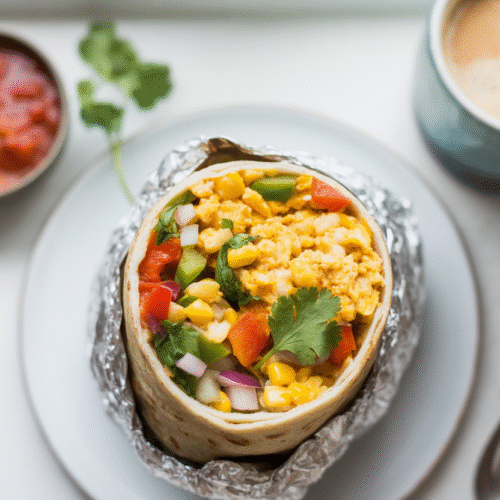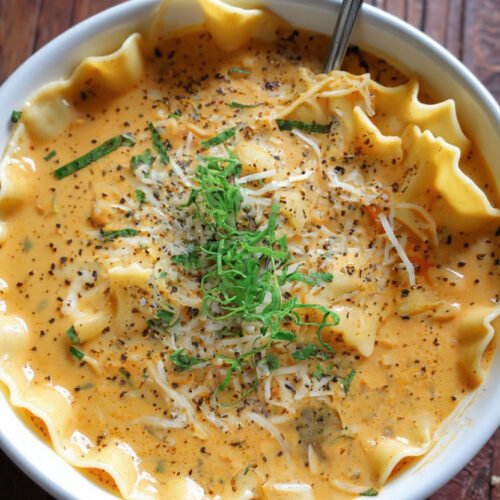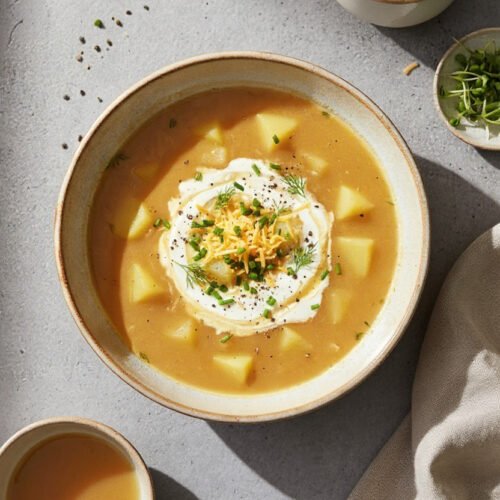I’m excited to share a vegetarian casserole that’s full of good things like white quinoa, broccoli, and butternut squash. It’s a real treat.
This meal is great for those who are always on the go. It’s easy to make and doesn’t cost a lot. Plus, you can adjust it to fit your taste.
Let’s dive into this recipe. You’ll see how simple it is to cook a meal that’s both healthy and tasty.
Why You’ll Love This Casserole
This vegetarian casserole is packed with health benefits. It combines protein-rich quinoa with vitamins and minerals from veggies.
It’s also super versatile. You can swap out ingredients based on what you have. This makes it perfect for using up veggies that you may have tossed out.
Preparing this casserole is easy, making it perfect for any day. It’s great for family meals or potlucks.
The veggies and quinoa offer a lot of fiber too. Plus, the variety of veggies adds antioxidants.
The flavors in this vegetarian casserole are amazing. They come together to make a satisfying meal. With its health benefits and delicious taste, it’s sure to be a favorite in your kitchen.
Tempting Vegetarian Casserole
Ingredients
Method
- Cook quinoa: Rinse 1 cup quinoa and cook per package instructions in water or vegetable broth until tender.
- Roast veggies: Toss broccoli, butternut squash, bell peppers, and carrots with 2 tbsp olive oil. Roast at 375°F/190°C for 30 minutes, until tender.
- Sauté onion: In a medium pan, sauté the onions 5–7 minutes until softened.
- Combine: In a large bowl, mix cooked quinoa, roasted veggies, and sautéed onions.
- Transfer mix to a baking dish, sprinkle 2 cups of shredded cheese and 1/4 cup of chopped parsley over the top.
- Bake at 375°F/190°C for 25–30 minutes, until hot and the top is golden and bubbly.
Notes
👉 Receive Giselle’s FREE 7 Day Vegetarian Meal Planning Guide
Savory Substitutions
You can swap broccoli with cauliflower, butternut squash with sweet potatoes, and bell peppers with zucchini. Carrots can be replaced with parsnips, and onions with shallots. These alternatives offer flexibility and let you experiment with different flavors and textures.
By choosing these ingredients, you’re not only creating a delicious meal but also ensuring that your vegetarian casserole is packed with nutrients. Quinoa provides a complete protein, while broccoli and other vegetables add fiber and vitamins.
Step by Step
Okay, so the ingredients are ready, now follow these clear methods to bring this tasty vegetarian casserole to your table.
Step 1: Cook the quinoa according to the package instructions. Typically, this involves boiling it in water or vegetable broth until it’s tender. Why this matters: Cooking quinoa properly ensures it’s tender and not crunchy, providing a great base for the casserole.
Step 2: Toss the chosen vegetables with olive oil and roast them in the oven at 375°F (190°C) for 30 minutes, or until they’re tender. This step brings out the natural sweetness in the vegetables, enhancing the overall flavor.
Step 3: In a medium pan, sauté the onions 5-7 minutes until softened. This process adds depth to the dish and complements the roasted vegetables.
Step 4: Combine the cooked quinoa, roasted vegetables, and sautéed onions in a large bowl. Mix well to ensure all the ingredients are evenly distributed.
Step 5: Transfer the mixture to a baking dish and top with your choice of shredded cheese. The cheese not only adds flavor but also helps to bind the ingredients together. Sprinkle the parsley randomly over the top.
Step 6: Bake the casserole in the oven at 375°F (190°C) for 25-30 minutes, or until the top is golden brown. Why this matters: The golden-brown top adds a satisfying crunch to the dish, contrasting nicely with the tender interior.
Variations
This vegetarian casserole recipe is an open book for your creativity. It’s versatile, letting you try out different flavors and ingredients. This way, you can make new and exciting versions.
To add some heat, try adding red pepper flakes or sliced jalapeños. This will give your casserole a spicy kick and boost its flavor. Also, mix in some dried thyme for a fresh, aromatic twist.
Changing up the cheese can also make a big difference. Using goat cheese or feta adds a tangy, creamy touch. You can also add protein with cooked beans or tofu, making the dish more filling.
These ideas are only the beginning. Don’t be afraid to try new things and come up with your own unique creations. This way, you’ll keep your vegetarian casserole interesting and make it a regular in your meal plans.
Storage ‘n Reheating
You can keep the vegetarian casserole in the refrigerator for up to 4 days. Place the cooled casserole in an airtight container. This prevents unwanted bacteria growth. Using an airtight container keeps it fresh and prevents fridge odors.
For longer storage, up to 3 months, freezing is the way to go. Wrap the cooled casserole tightly in plastic wrap or aluminum foil. Then, place it in a freezer-safe bag. Label it with the date, and you’re all set.
To reheat, you have a couple of options. You can thaw the frozen casserole overnight in the fridge. Then, bake it in the oven at 375°F (190°C) for 15-20 minutes, or until heated through.
Or, you can reheat individual portions in the microwave. Transfer to a microwave‑safe bowl, cover loosely with a microwave‑safe lid or a damp paper towel. Heat on high for 60–90 seconds. Stir, then continue in 30‑second bursts until steaming hot. Let stand 1 minute before eating.
I find that this vegetarian casserole reheats beautifully, making it a fantastic option for meal prep.
Giselle’s Tips
First, use colorful vegetables to make your vegetarian casserole look great. This not only makes it Pinterest-worthy but also boosts nutrition. Try using bell peppers, zucchini, and cherry tomatoes for a vibrant look.
Second, avoid overmixing the quinoa and vegetables. Overmixing can make the dish dense and unpleasant. Instead, gently mix the ingredients until they’re just combined.
Third, top your casserole with cheese for a creamy, golden crust. This adds depth and richness, making the dish even more yummy.
Fourth, play with different spices and seasonings to discover personal favorites. Don’t be afraid to try new things. It’s all about finding the perfect taste for you.
Last, consider making this recipe ahead of time. This allows the flavors to blend, enhancing the taste and texture of the vegetarian casserole.
Nutrition Note
| Nutrient | Amount |
|---|---|
| Calories | 390 kcal |
| Protein | 18 g |
| Carbohydrates | 52 g |
| Dietary Fiber | 8 g |
| Total Fat | 13 g |
| Saturated Fat | 6 g |
| Sugars | 10 g |
| Sodium | 450–550 mg |
*Nutrition values are estimates for informational purposes only.
Quinoa is the star of this vegetarian casserole, packed with plant-based protein and fiber. It’s a great choice for vegetarians wanting to eat more protein. The mix of vegetables brings in extra fiber, vitamins, and minerals, making it a nutritious meal.
To make it even better, add some nuts or seeds for healthy fats. Or, serve it with a fresh salad. These additions boost the meal’s nutrition, add texture, and flavor.
This way, you get a meal that’s not only tasty but also good for you. It’s perfect for quick weeknight dinners or meal prep.
Prepare easy vegetarian dinners this week.
Get Giselle’s FREE 7‑day Meal Plan. Zero Fuss.
No spam. Unsubscribe anytime.
FAQs
Q: Can I use a different grain instead of quinoa?
A: Yes. Use equal cooked amounts of brown rice, farro, or couscous. If swapping uncooked grains, pre-cook them first so the bake time stays the same and the casserole doesn’t turn watery.
Q: How do I make this dairy-free or vegan?
A: Use plant-based cheese or skip cheese and stir in 1/2 cup unsweetened cashew cream or a few tablespoons of nutritional yeast for cheesy flavor.
Q: Can I assemble this vegetarian casserole ahead?
A: Yes. Assemble up to 24 hours in advance, cover, and refrigerate. Bake straight from the fridge at 375°F (190°C), adding 5–10 extra minutes until hot and bubbly.
Q: Does this vegetarian casserole freeze well?
A: It freezes great. Cool completely, portion into airtight containers, and freeze up to 3 months. Thaw overnight, then reheat covered at 375°F (190°C) for 15–20 minutes or microwave in 60–90 second bursts until hot.
Q: What veggies work best?
A: Great options: broccoli, bell peppers, zucchini, mushrooms, spinach, corn, peas, or roasted sweet potato. Sauté watery veggies (zucchini/mushrooms) briefly first to avoid excess moisture.
